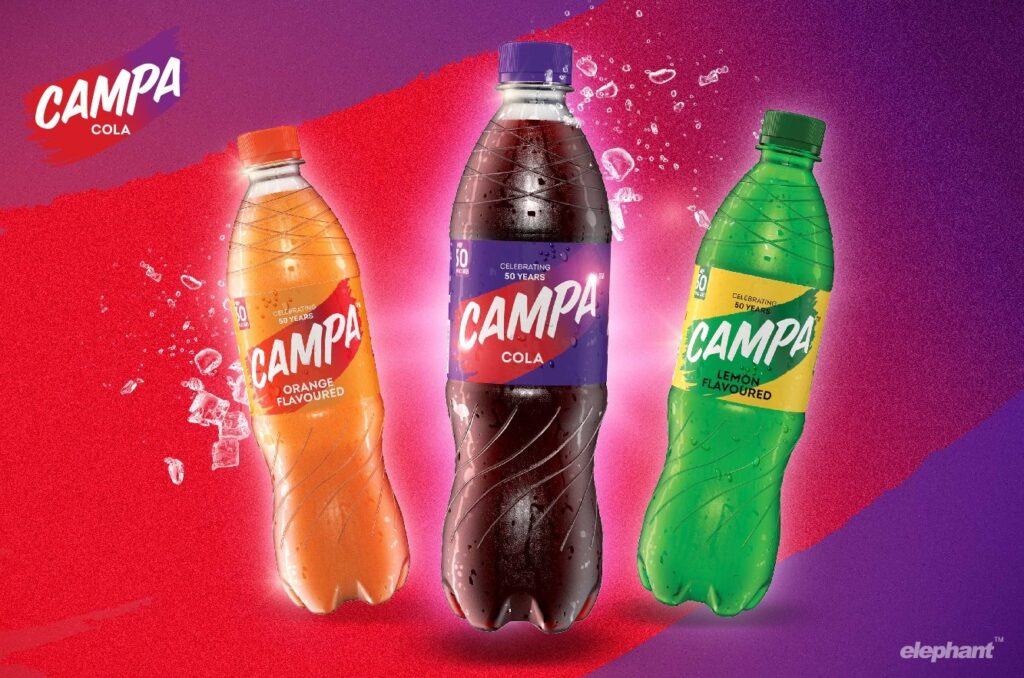Campa Cola, once a nostalgic soft drink from the 1990s, has made a remarkable comeback under Reliance Consumer Products. In just 18 months since its relaunch, the brand crossed ₹1,000 crore in revenue, establishing itself as a major disruptor in India’s FMCG space.
₹10 Price Point Changes the Game
The brand’s major breakthrough came from a strategic pricing move: a 200 ml PET bottle priced at ₹10. This positioned Campa Cola at half the price of rivals like Coca-Cola and Pepsi, yet offering similar taste and quality. The low price resonated with cost-conscious consumers and quickly built demand.

Better Margins Attract Retailers
Reliance also offered retailers higher margins of 6–8%, compared to the 3.5–5% given by global competitors. This led to strong on-ground support from kirana stores and local vendors, many of whom began giving Campa Cola better visibility and shelf space. The product gained traction beyond metros, reaching Tier II, Tier III cities, and rural markets.
Minimal Ads, Maximum Impact
Rather than flooding the market with ads, Reliance focused on strategic visibility. It secured the co-presenting sponsorship of IPL 2025 with a ₹200 crore investment. This ensured consistent brand exposure during India’s top-viewed entertainment event, boosting awareness without traditional advertising spend.
Wider Distribution Network
Campa Cola is now available in over 18,900 stores and is actively distributed through Reliance’s own retail platforms such as JioMart and Sahakari Bhandar, along with local kiranas.
₹10 FMCG Portfolio Expansion
Campa Cola’s success is part of a broader ₹10 pricing strategy by Reliance. Other products launched under this model include:
- RasKik – a glucose drink
- Spinner – a sports drink developed with cricketer Muttiah Muralitharan
- Independence Water – a 750 ml bottled water
These products aim to revive under-served categories and reach mass consumers. Distributors are now facing heavy demand, with Campa stock running low or selling out in several regions.
Industry Response
Legacy brands like Pepsi and Coke have begun cutting prices and launching offers in response. However, their strategies appear reactive, while Reliance continues to drive the market narrative with a clear, long-term approach.A Disruption Model Repeated
The strategy resembles Reliance’s telecom disruption in 2016—offering value, affordability, and rapid scale. This time, it’s happening in FMCG, starting with a ₹10 bottle of cola.
